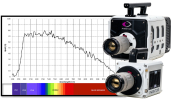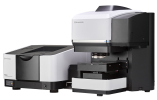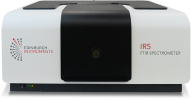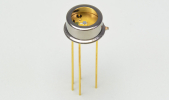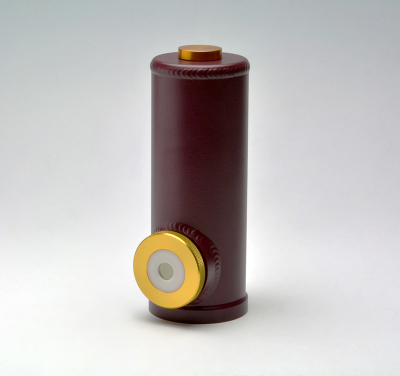
Hamamatsu have developed a way to mass-produce a compound opto-semiconductor (type-II superlattice infrared detector) not containing mercury and cadmium but able to detect mid-infrared light to a wavelength of 14.3 µm: the P15409-901. A type-II superlattice infrared detector is a compound opto-semiconductor with a unique structure composed of thin films of two different materials alternately laminated on a substrate to form a photosensitive layer. Mercury and cadmium are common materials used for mid-infrared detectors, but are restricted substances under the RoHS directive issued by the EU that prohibits use of certain hazardous substances in electrical and electronic products sold in the EU market. The new product could replace currently available mid-infrared detectors that contain restricted substances.



